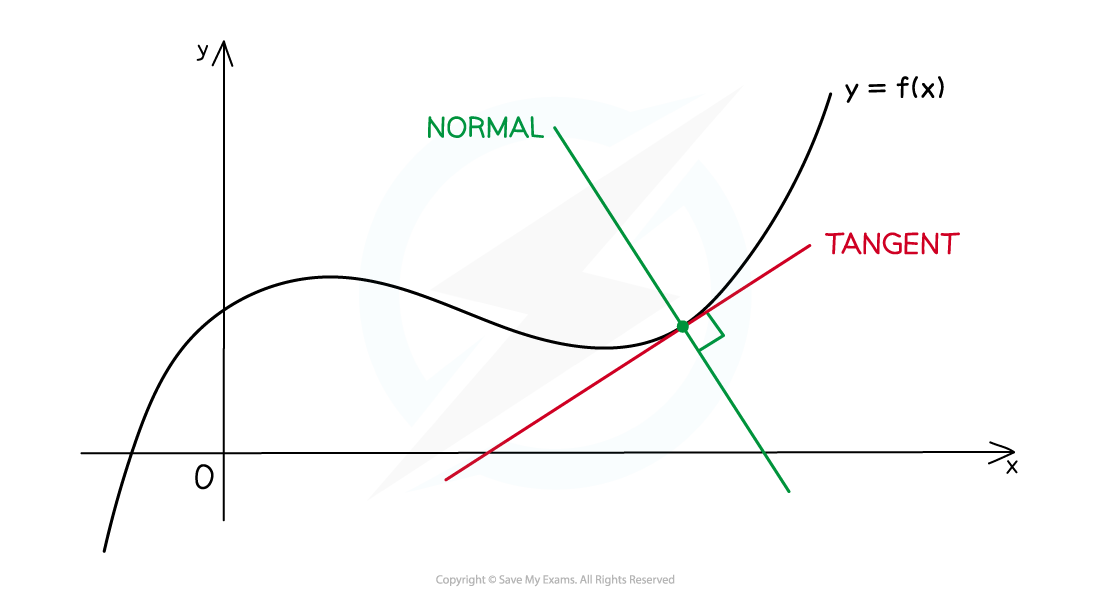Finding Gradients
How do I use the derivative to find the gradient of a curve?
- The gradient of a curve at a point is the gradient of the tangent to the curve at that point
- To find the gradient of a curve, at any point on the curve
- differentiate to find
(unless
is already known)
- substitute the x‑coordinate of the point into the derivative
and evaluate
- differentiate to find

How do I find the approximate change in y as x increases?
so, for small changes you can write
- For example, if the gradient of
at
is
- what is the approximate change in
as
increases from
to
, where
is small?
- what is the approximate change in
Examiner Tip
- Read the question carefully; sometimes you are given
and so don't need to differentiate initially - don't just automatically differentiate the first thing you see!
- The following mean the same thing:
- "Find the gradient of the curve at
"
- "Find the gradient of the tangent at
"
- the tangent gradient = curve gradient at that point
- "Find the rate of change of y with respect to x at
"
- "Find the gradient of the curve at
Worked example
A curve has the equation .
Find the gradient of the curve when .
is already in a form that can be differentiated
Substitute into
The gradient of the curve at is 19
Work out the possible values of for which the rate of change of
with respect to
is 4.
"Rate of change" is another way of describing the derivative
Solve this equation to find
Note that it is quadratic equation so it could have up to two solutions
The question refers to 'values' implying there is (or could be) more than one value for
The possible values of , that give a rate of change of 4, are
and






